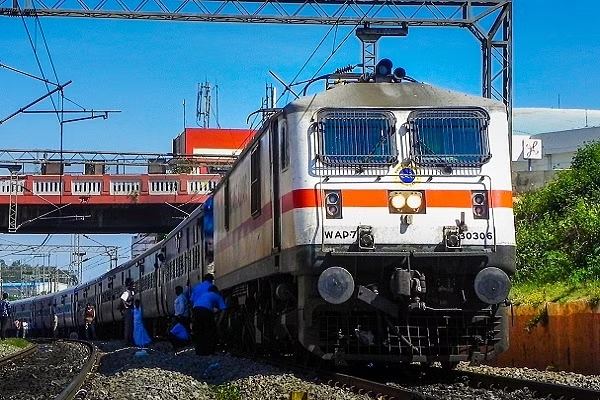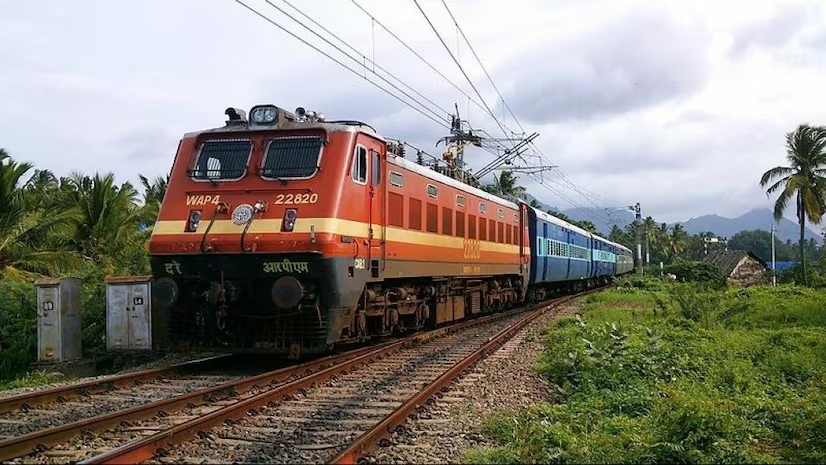India is working on an ambitious plan to build transport corridors for coal, iron ore, bauxite, and cement, allowing for the smooth transportation of these materials. Based on the PM Gati Shakti National Master Plan, the railways ministry intends to request Cabinet permission for a ₹5.25 lakh crore linking proposal during the fiscal years 2024–31 to enhance rail connection to mining districts, cement plants, and consumer centers.
The corridors’ main goal will be to relieve congestion on the current railway system. In order to avoid congested locations, alternate routes will be created and current routes will be doubled as part of the initiatives.
Some current projects that are experiencing cost overruns are likely to be combined under the corridors, according to officials who are aware of the idea.

According to a senior government source, “the enhanced allocation will give a renewed push for improving freight movement on the national transporter,” adding that it is in accordance with Vision 2030. It intends to expand the modal share of Indian Railways in freight to 45% from roughly 27% at the moment.
90% of raw materials are transported by rail; hence, this network is essential to the ecology as a whole.
An official stated, “There is a need to improve connectivity to the country’s coal, iron ore, bauxite, and cement plants as well as increase the railways’ carrying capacity in line with demand for cement, coal, and minerals.”
By the end of 2019, the railways had moved 1,210 mt of the estimated 4,700 mt total goods basket, but by 2024, they expect to load 2,024 mt of the estimated 6,400 mt total goods.
According to the GatiShakti masterplan, the rate of new rail line construction would increase to 12 km per day in 2023 from 4 km. The railways have planned to develop 13,264 km of rail infrastructure, which is the biggest amount ever.

READ ALSO – IPO-Bound Ola Electric Lost $136 Million In FY23
With $335 million in revenue, Ola Electric, India’s largest e-scooter manufacturer, experienced an operational loss of $136 million last fiscal year.


